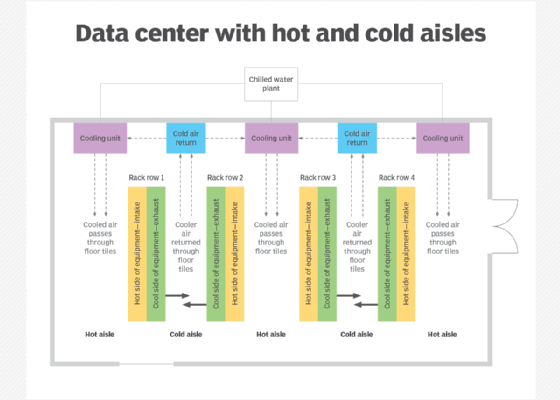What Is an EASM File?

EASM files are a type of file format that is commonly associated with engineering software programs such as SolidWorks, eDrawings, and CATIA. The acronym EASM stands for eDrawing assembly file, and it is essentially a compressed file that contains a 3D model of an assembly or a sub-assembly.
An EASM file is primarily used to share 3D models with other users, especially those who do not have access to the original CAD software used to create the model. These files are particularly useful when collaborating on projects or when outsourcing parts of a design to a third-party manufacturer.
To create an EASM file, the original 3D model is first exported from the CAD software as an EASM file. The file can then be opened in eDrawings or other compatible software, where users can view, measure, and manipulate the digital prototype. This provides valuable insight into how the product will look and perform once it is built, and allows for any necessary adjustments to be made before production begins.
One of the key advantages of EASM files is that they are much smaller than the original model files, even though they contain all of the necessary information. This makes them much easier to share via email or other file-sharing platforms, as they do not take up significant amounts of storage space.
Another benefit of using EASM files is that they are highly secure – they can be protected with passwords and encryption to prevent unauthorized access or sharing of the files. This is particularly important for companies that deal with sensitive or confidential design data.
Overall, EASM files serve as a valuable tool in the field of engineering design and modeling. They allow engineers to create, share, and collaborate on 3D models with ease, improving the efficiency and accuracy of the design process. As technology continues to advance, it is likely that these files will become even more integral to the field of engineering, and will continue to be a go-to format for sharing digital prototypes.





